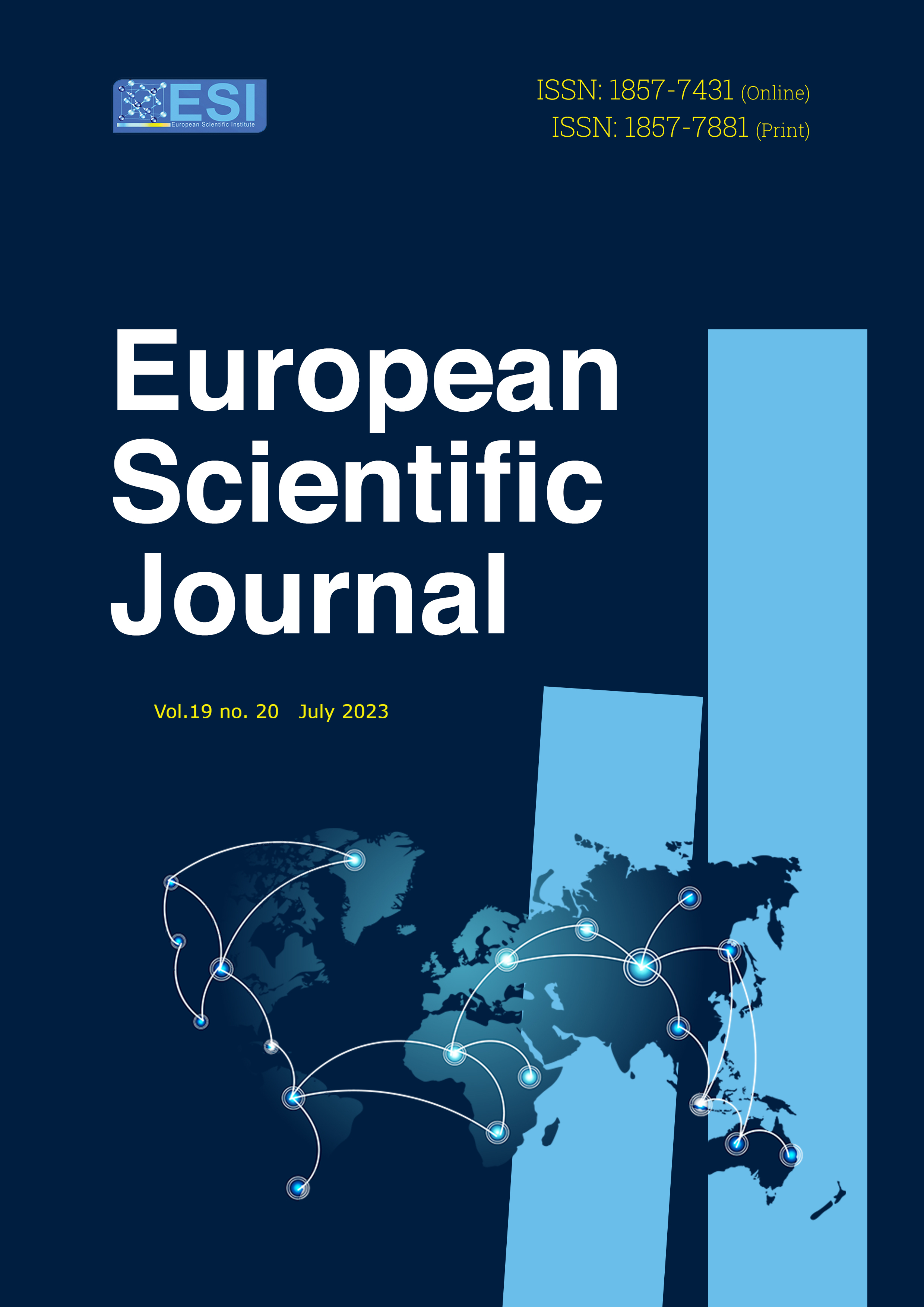Geopolitical Competition Among Great Powers and ASEAN’s Policy Preference
Abstract
The United States has long been a security ally and economic partner of ASEAN members. The strengths of the U.S.-ASEAN partnership include cooperation on regional security, economic growth, and people-to-people ties. The United States also supports ASEAN's efforts to promote regional cooperation and integration through mechanisms such as the ASEAN Regional Forum and the East Asia Summit. Moreover, the United States has demonstrated its commitment to maintaining a free and open Indo-Pacific region, which is consistent with ASEAN's own desire for a rules-based regional order. Due to its strategic presence in the Asia-Pacific region, the United States is considered to play a very important role in ASEAN's soft balance against China. ASEAN's hedging approach and bandwagoning are no longer relevant in the context of rising competition between China and the United States. This paper will explain the causes of China and ASEAN's lack of political and security cooperation. By combing and evaluating current literature discussing the political and security cooperation between ASEAN and ASEAN countries with China and the United States. ASEAN's security policy against China, in particular. This paper's main research method is to explain the adjustment of ASEAN's policy toward China in the context of great power geopolitics through the soft balance theory by analyzing the political and security cooperation between ASEAN and China and the United States, as well as the weapons imported by ASEAN countries from China and the United States.
Downloads
Metrics
PlumX Statistics
References
2. (2020, April ). Association of Southeast Asian Nations-United States of America MARITIME EXERCISE FRAMEWORK. Asean.org. Retrieved July 5, 2023, from https://admm.asean.org/dmdocuments/2020_April_ADSOM_Phetchaburi,%203%20April%202019_Annex%2021.%20AUMX%20Framework%20for%20Policy%20Discussion_Final.pdf
3. Emmers, R., & Kivimäki, T. (2018). ASEAN’s External Hedging Strategy. Singapore: Palgrave Macmillan.
4. Fan Zuojun. (2021) Prospects of China-Asean Strategic Partnership in the Post-COVID-19 Era, Contemporary World, Issue 8, P41-47.
5. (n.d.). Fact Sheet: Unprecedented U.S.-ASEAN Relations. U.S. Embassy & Consulates in Indonesia. Retrieved July 5, 2023, from https://id.usembassy.gov/our-relationship/policy-history/embassy-fact-sheets/fact
6. Goh, E. (2005). Meeting the China Challenge: The U.S. in Southeast Asian Regional Security Strategies (M. Alagappa, Ed.). East-West Center. http://www.jstor.org/stable/resrep06541
7. Mearsheimer, J. J. (2006). China’s Unpeaceful Rise. Current History, 105(690), 160–162. http://www.jstor.org/stable/45318719
8. Mearsheimer, J. J. (1994). The False Promise of International Institutions. International Security, 19(3), 5–49. https://doi.org/10.2307/2539078
9. Nansong, T., & Qijun, T. (2018). On Harmonious Relations between China and ASEAN Countries (p. 72). , Beijing: China Economic Press.
10. Neilson, D., & Thayer, C. A. (2019). Hedging in Southeast Asia: Which way forward for ASEAN? Contemporary Southeast Asia. 41(3), 423-450.
11. Paul, T. V. (2005). Soft Balancing in the Age of U.S. Primacy. International Security, 30(1), 46–71. http://www.jstor.org/stable/4137458
12. Quan Yi, Yin Zhu. (2017). Innovation of China-ASEAN Regional and Sub-regional Cooperation Mechanisms and Cooperation Models, Southeast Asian Studies, No.6, P15-368-6099. 152-153100.
13. (2011, November 17). Remattsby Preident Obamatothe Australan Petlamens Patlerent House Canbere. Archievs.gov. Retrieved July 5, 2023, from https://obamawhitehouse.archives.gov/the-press-office/2011/11/17/remarks-president-obama-australian-parliament
14. Robert A.pape. (2005). “Soft balancing against the United States”. International Security, 30(1), 10. https://doi.org/10.1162/0162288054894607
15. Shafiah F. Muhibat , M. Waffaa Kharisma. (2022). Connecting the Indo-Pacific: ASEAN Amidst Competing Connectivity Strategies, Konrad-Adenauer-Stiftung e.V., REGIONAL PROGRAMME POLITICAL DIALOGUE ASIA, P23-42.
16. (2015, April 10). Southeast Asia Maritime Law Enforcement Initiative. State.gov. Retrieved July 5, 2023, from https://2009-2017.state.gov/r/pa/pl/240798.htm
17. (2022, April 11). The Conflict in the South China Sea: A Focus on a Possible Solution. Beyond the Horizon. Retrieved July 5, 2023, from https://behorizon.org/the-conflict-in-the-south-china-sea-a-focus-on-a-possible-solution/
18. Walt, Stephen M. (1987). The Origins of Alliances. Ithaca, NY: Cornell University Press.
19. Wolfers, Arnold. (1962). Discord and Collaboration: Essays on International Politics. Baltimore, John Hopkins University Press.
20. Wang Yuzhu.(2021). Hedging strategy and its significance for China-ASEAN relations. World Economics and Politics, (1): 22-50, 156-157.
21. Wei, D., & Xin, W. (2020). From "Asia-Pacific" to "Indo-Pacific”: Continuity and Variation of U.S. Diplomatic Strategy. Contemporary World. https://doi.org/(09):11-16.
22. Zhang Jie. (2021). The Reconstruction of ASEAN-Centralism and the Development of China-Asean Relations (Institute of Asia-Pacific and Global Strategy, Chinese Academy of Social Sciences; School of International Relations. University of Chinese Academy of Social Sciences, China, International Studies, (3) P118-135.
Copyright (c) 2023 Ousaphea Chea

This work is licensed under a Creative Commons Attribution 4.0 International License.








